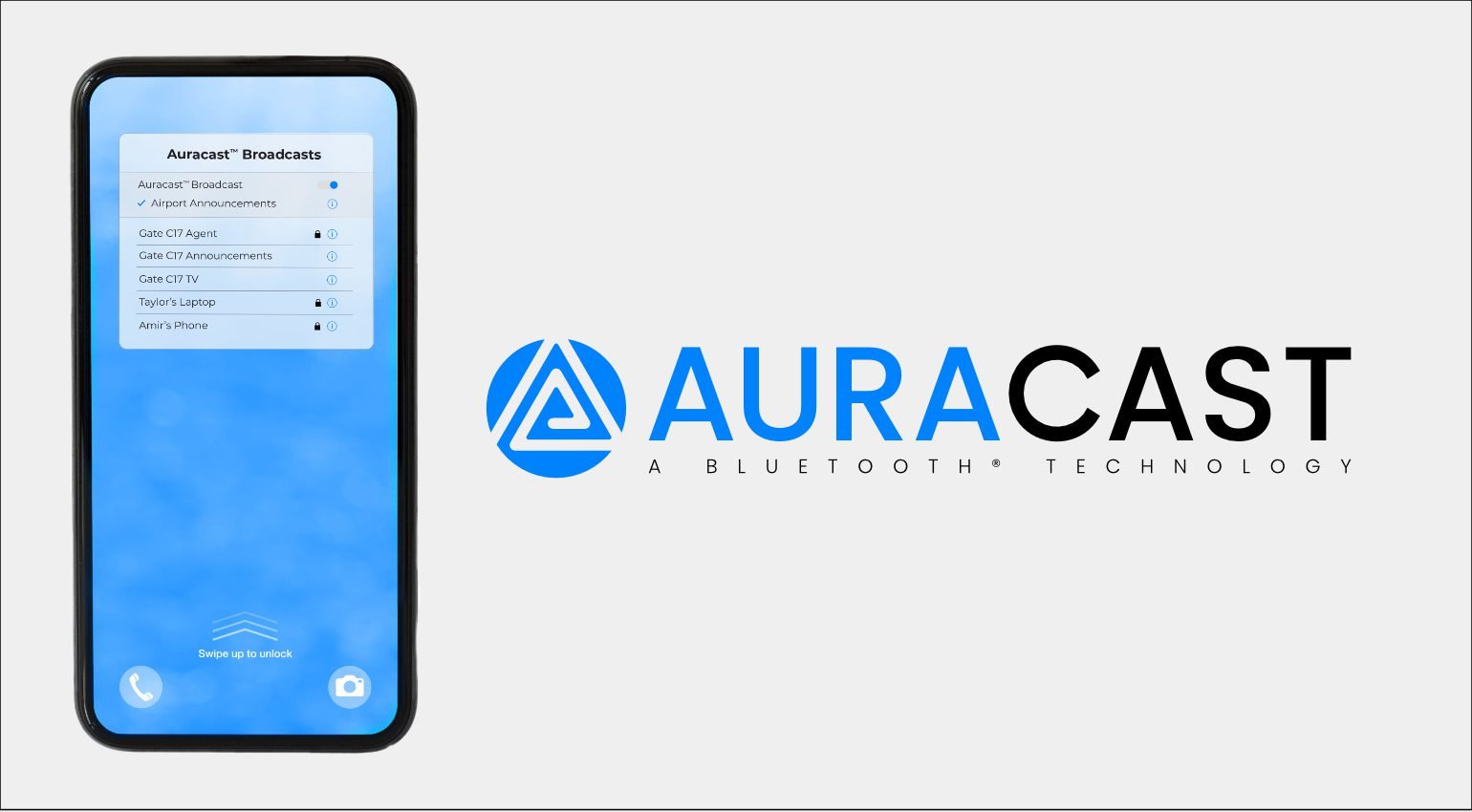Forget the cacophony of competing announcements and muffled conversations. A new Bluetooth technology called Auracast promises to bring a breath of fresh air to public spaces and personal audio experiences by enabling one-to-many audio broadcasting. Unveiled at CES 2024, Auracast has the potential to revolutionize how we listen in crowded environments, offering targeted audio delivery without the need for individual headphones.
Key Highlights:
- Auracast: A new Bluetooth feature enabling one-to-many audio broadcasting, potentially revolutionizing public spaces and personal audio experiences.
- Applications: Airports, gyms, conferences, and even casual gatherings can benefit from targeted audio delivery without requiring individual headphones.
- Benefits: Enhanced accessibility for hearing aid users, improved awareness in environments with competing audio, and personalized audio choices in public spaces.
- Concerns: Potential privacy issues and misuse, but safeguards and user control options are being implemented.

Breaking the Walls of Sound:
Traditionally, Bluetooth has been limited to one-to-one connections, like pairing your phone with a speaker. Auracast changes the game by allowing a single audio source to broadcast to multiple devices within a range of up to 100 meters (300 feet). This opens up a world of possibilities for improving audio accessibility and creating more personalized listening experiences in public spaces.
Imagine the Possibilities:
- Airports: Travelers can tune into specific gate announcements or listen to live news updates without battling the din of the terminal.
- Gyms: Instructors can broadcast workout instructions directly to participants’ headphones, eliminating the need for loudspeakers and improving focus.
- Conferences: Attendees can choose to listen to specific speakers or panels, even in large halls with overlapping sessions.
- Casual Gatherings: Friends at a restaurant can each listen to their own music while still being able to converse easily.
Accessibility and Awareness:
Auracast holds particular promise for people with hearing impairments. Hearing aid users often struggle to decipher background noise, and Auracast’s targeted audio delivery can significantly improve their ability to hear announcements and conversations in public spaces. Additionally, in environments with competing audio sources, like busy streets or crowded bars, Auracast can help people stay aware of their surroundings while still enjoying their chosen audio content.
Concerns and Safeguards:
Like any new technology, Auracast raises concerns about privacy and potential misuse. Malicious actors could theoretically exploit the technology for unauthorized audio broadcasting. However, Auracast developers are implementing safeguards such as user control options and content verification to mitigate these risks. Additionally, the technology is designed to operate within a limited range, further reducing the potential for widespread disruption.
The Future of Audio:
While still in its early stages, Auracast presents a compelling vision for the future of audio. It has the potential to make public spaces more accessible and enjoyable, while offering new levels of personalization and control over our listening experiences. As the technology matures and safeguards are implemented, Auracast could become a game-changer for the way we interact with audio in the world around us.


















